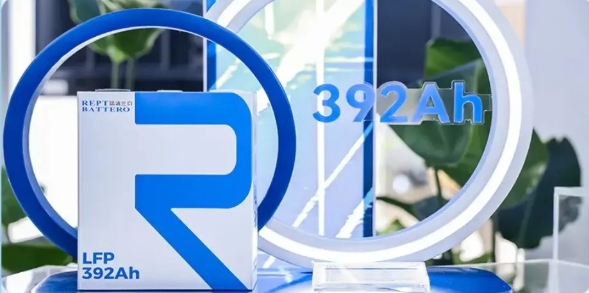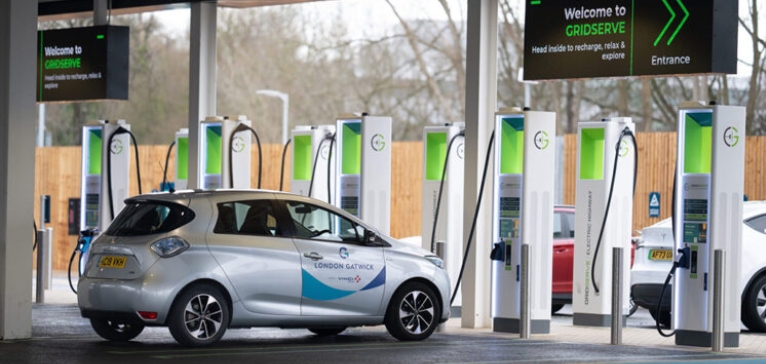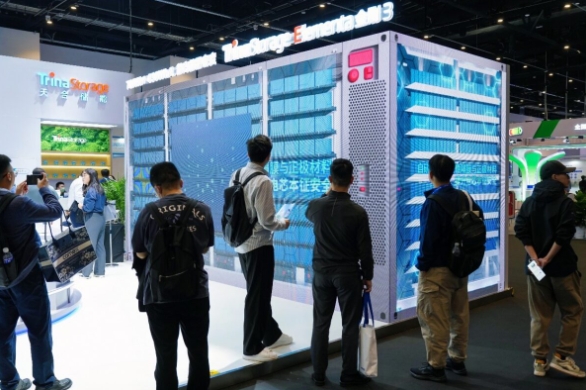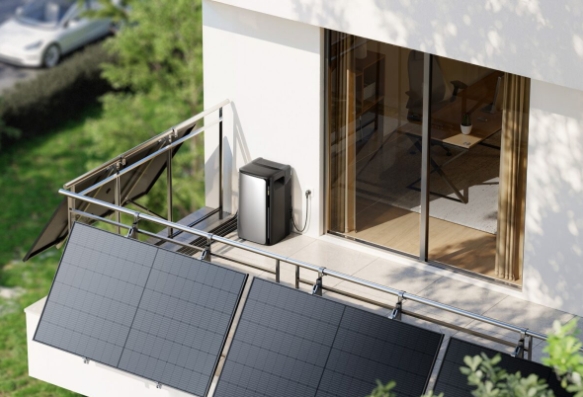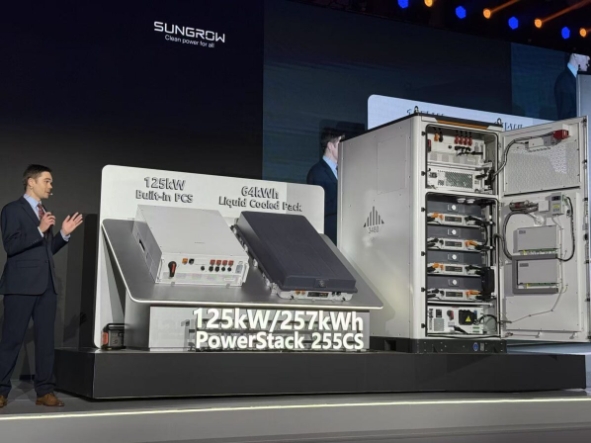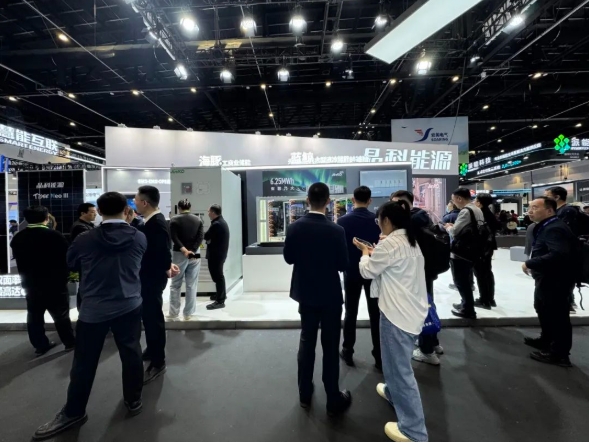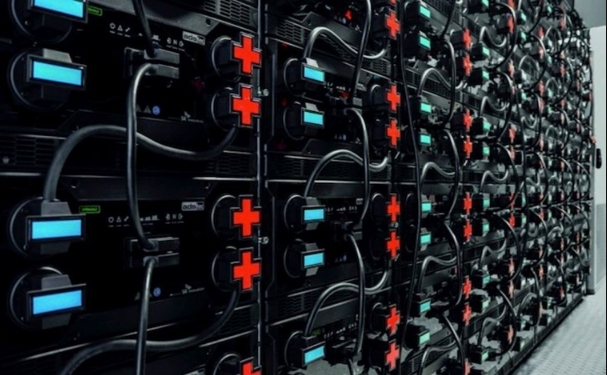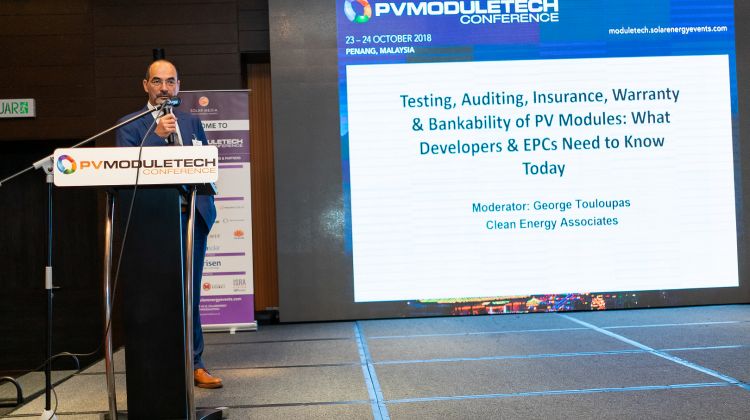 Recently, PV-Tech took the opportunity to catch up with George Touloupas, the Director of Technology and Quality at Clean Energy Associates and a key partner at the forthcoming PV ModuleTech 2019 meeting in Penang in October this year.
Recently, PV-Tech took the opportunity to catch up with George Touloupas, the Director of Technology and Quality at Clean Energy Associates and a key partner at the forthcoming PV ModuleTech 2019 meeting in Penang in October this year. Recently, PV-Tech took the opportunity to catch up with George Touloupas, the Director of Technology and Quality at Clean Energy Associates and a key partner at the forthcoming PV ModuleTech 2019 meeting in Penang in October this year.
We talked about some of the new industry trends in module manufacturing and technology, and what attendees of PV ModuleTech 2019 can expect to hear from the company’s presentation at the event.
For starters, it would be good to get an update on business operations at CEA; how much has business grown and what have been the key changes with new projects in the past couple of years?
George Touloupas: "CEA’s current track record of engagements is over 35 GW of projects, growing fast, but this figure includes not just quality assurance services, but also takes into account engineering services (onsite inspections, owners engineering etc.) and supply chain management services (running RFPs, technical advisory on contracts, market intelligence etc.). We currently have more than 100 professionals, with over 70% of them being engineers and we keep hiring at a pace, as we have now fully launched the same range of services for the Storage sector. CEA’s service offering has increased dramatically both in breadth and volume in the last 2-3 years. We are now offering a more holistic service to our clients, because that’s exactly what they need when they plan the procurement of GW-sized pipelines, some coupled with storage, amid trade wars, fast changing markets and massive technology shifts."
Where is most of the effort today for CEA? Is this factory auditing, inline monitoring or pre-shipment inspection? Is this likely to remain the same split in business activities over the next 12 months also?
Factory audits are always in constant demand, as new facilities are being built, new players become important and old players make a come-back. Clients who are new entrants in PV also typically need factory audit reports for their financiers. CEA always recommends the performance of a factory audit at a facility, if we haven’t been there recently or we don’t have confidence in the quality performance, for example in the case that a new product will be manufactured. Now, with respect to the manufacturing of a project, I would say that for more than 90% of the projects where we have quality assurance activities, we perform both inline production monitoring and pre-shipment inspection. These 2 auditing activities are indeed complimentary, in the sense that each one screens out quality deficiencies that may elude the other. For example, it is impossible to detect certain critical BoM violations by doing pre-shipment inspection only. Daily inline monitoring is essential to validate that the right BoM is used in production.
The Southeast Asia region has seen strong factory investments for cell and module assembly during the past five years. How have these fabs been performing, according to CEA? And how do they benchmark against the best-in-class Chinese module fabs?
The truth is that the investment in crystalline silicon module manufacturing in South East Asia (I’d single out First Solar’s CdTe investment, which is a different story), has been, and still is, very opportunistic and entirely dependent on global trade war outcomes. As the abolition of the European MIP last year demonstrated, where the entire manufacturing volume switched to China overnight, the cost of manufacturing in China is unbeatable. Although the manufacturers take all possible measures to reduce the cost and take advantage of the Chinese raw material supply chain efficiencies and the dilution of R&D and other overheads through global vertical integration, the cost of manufacturing in South East Asia is at least 5% higher than in China. This fact, combined with the fickleness of trade wars, renders any long-term investment initiative very risky. As a result, we have big OEM operations, like Vina’s in Vietnam, where mainstream manufacturers “line-up” to produce for the US markets. In fact, this instability and unwillingness to properly invest in upgrades and expansions has created a demand-supply imbalance for the US market, that is forecasted to continue for at least the next year, driving high premiums into the prices. Chinese manufacturing lines, on the other hand, are methodically upgraded, expanded and fitted with the latest technology, and staffed with the best quality teams. CEA is continuously making efforts to ensure that quality is not compromised when products are made in South East Asia. Fortunately, our US clients are very much quality conscious, and we are working closely with them to make this happen.
Module assembly lines have seen rapid technology upgrade steps introduced in the past 2-3 years, driven by PERC, half-cut cell use and new materials being used. Many times, the module makers describe these changes as routine, but with changes in BoMs, supply-chains and new process tools, should we be considering these new lines, from an inline monitoring perspective?
It’s true that the amount and pace of changes in the recent couple of years has been phenomenal, following a rather sleepy decade. This had to happen, as the race to the lowest LCOE is accelerating. The manufacturers can’t even keep up with testing new product variants for extended reliability, and the buyers have trouble figuring out what’s best for them in this colourful range of product offerings. With the proliferation of wafer sizes, even module power comparison becomes a riddle. This cascade of changes is far from being routine and the manufacturers go through painful learning curves during mass production ramp ups, but they naturally prefer to keep a low profile about this. The reality is that buyers don’t have the luxury to be conservative and be left out of the game by competitors acquiring stronger technologies, therefore, these advanced products enter mass production sooner than one would expect in a mature industry, so a solution to the quality risk problems has to be found, irrespective. Over the years, CEA has built an extended network of deep relations with all important manufacturers, R&D personnel, CTOs and test labs. This gives us a unique advantage in identifying the quality risks well in advance of being widely known and in implementing the right safeguards during the quality assurance oversight activities, before, during and after production.
Pre-shipment inspection must also be evolving beyond historical EL and IV testing processes. How much has PERC changed the landscape in terms of inspection metrics? Similarly, are other module technology changes demanding new means of inspecting modules pre-shipment?
As stressed before, it is essential to not only perform pre-shipment inspection, but also inline monitoring to screen out most risks. The monofacial modules using PERC cells do not require substantially different safeguards, but bifacial modules have more areas prone to quality risks to focus on, such as the glass-glass lamination and the power measurement. Moreover, the well-known LID and less well known LeTID risks which are more pronounced with PERC cells demand the introduction of rigorous but practical batch testing protocols before shipment. Even if the products have passed these tests at an initial phase, process and material instabilities can still be subject to deviations and create risks.
Clean Energy Associates has been a loyal supporter of the PV ModuleTech events since they started. What new topics would you like to hear from other parts of the value-chain, at the event in October?
The product technology choice is fundamentally a financial decision, almost entirely based on LCOE optimization and, with the rise of storage, on energy asset dispatchability as well. I would like to see more content and presentations of case studies from end users where this area, which can be very complex to optimize, is more thoroughly explored.
And finally, what will the CEA presentation be focusing on during the event?
We will present quality data and some very interesting insights from our statistical analysis of the data, which were collected from many GWs of projects using diverse technologies.
